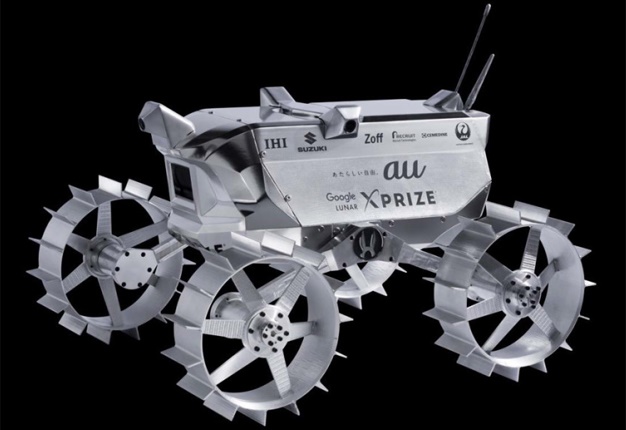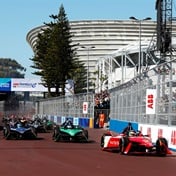
Japan - The next vehicle to drive on the moon could a Suzuki, if the team from Hukato, Suzuki and ispace technologies has its way.
Hukato is competing for Google’s Lunar XPRIZE, often called Moon 2.0, and it aims to be the first privately funded lunar exploration team.
It has received a significant boost in July as Suzuki announced its support of this all-Japanese team.
The prize
The Lunar XPRIZE, worth $20-million, is awarded to the first privately funded team of space explorers that can safely land a lunar rover on the surface of the moon and have the vehicle travel at least 500m, while recording high resolution images.
The deadline for this feat is December 31 2017, although teams must have booked a space flight before the end of 2016 to remain in contention.
How to drive on the moon
For the trip to the moon, Hukato has enlisted the support of ispace technologies, a high-tech start-up that develops interconnected micro-robots that will one day explore space for exploitable resources. Once on the moon, however, the task will fall on Suzuki to help design and build a craft that can manoeuvre the rocky and powdery surface in one sixth of the gravity of the earth.
According to Hukato, they enlisted the help of Suzuki because of its globally recognised expertise in building highly manoeuvrable compact vehicles, often with four-wheel drive. Suzuki, in turn, was enthused by the Hukato’s bold vision and the opportunity to contribute to the future of society, as it has done since its inception 107 years ago.
Suzuki’s has already started working with Hukato on weight saving and drivability. Weight-saving will be crucial for the launch and transport phase and is seen as the primary concern for keeping the cost of the launch as low as possible.
Taking on the 'regolith'
To aid the rover’s drivability on the powdery surface of the moon, called regolith, Suzuki will utilise its knowledge of traction control and four-wheel-drive and its ability to build these technologies into very compact vehicles.
Hukato’s current rover design is called the Pre-Flight Model 3 and it features solar panels for energy, high-definition 360 degree cameras, a full carbon-fibre hull and custom-designed wheels designed for grip.




 Publications
Publications
 Partners
Partners















